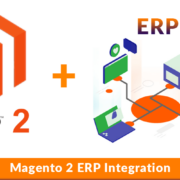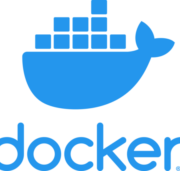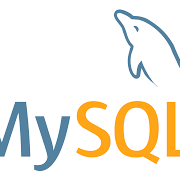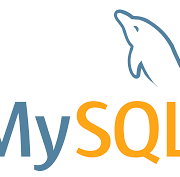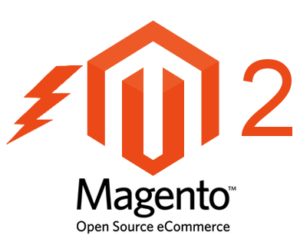Seamless Integration: Unifying Magento and ERP for Streamlined Operations
Introduction: In the fast-paced world of e-commerce, businesses require robust systems to manage their operations effectively. Two essential components of any successful online business are a reliable e-commerce platform like Magento and an efficient Enterprise Resource Planning (ERP) system. Integrating Magento with an ERP system can streamline operations, enhance efficiency, and provide a seamless experience for both businesses and customers. This article explores the benefits and strategies behind integrating Magento with ERP, highlighting how this integration can lead to streamlined operations and improved business outcomes.
- Understanding Magento and ERP:
- Overview of Magento: Briefly introduce Magento as a popular e-commerce platform known for its flexibility, scalability, and extensive feature set.
- Overview of ERP: Explain the concept of an ERP system, which integrates various business functions such as inventory management, order processing, finance, and customer relationship management into a centralized system.
- The Need for Integration:
- Eliminating Data Silos: Discuss the challenges businesses face when data is fragmented across multiple systems, leading to inefficiencies and inaccuracies.
- Streamlining Operations: Highlight how integrating Magento with ERP enables real-time data synchronization, automated processes, and centralized management, resulting in streamlined operations.
- Enhanced Visibility and Reporting: Explain how integration provides businesses with a holistic view of their operations, allowing for better decision-making and data-driven insights.
- Benefits of Magento-ERP Integration:
- Inventory Management: Explore how integrating Magento with ERP optimizes inventory control, stock levels, and order fulfillment, minimizing stockouts and reducing carrying costs.
- Order Processing and Fulfillment: Discuss how integration facilitates seamless order processing, from order placement to shipment tracking, ensuring accurate and timely deliveries.
- Customer Management: Explain how a unified view of customer data across Magento and ERP systems allows for personalized experiences, efficient support, and targeted marketing campaigns.
- Financial Management: Highlight the benefits of integrating financial data, such as sales, invoices, and payments, ensuring accurate accounting and streamlined financial processes.
- Strategies for Successful Integration:
- System Evaluation: Provide guidance on selecting the right ERP system that aligns with business requirements and seamlessly integrates with Magento.
- Data Mapping and Synchronization: Discuss the importance of mapping data fields between Magento and ERP, ensuring accurate and synchronized data transfer.
- API Integration and Middleware: Explain the role of APIs and middleware solutions in facilitating smooth communication and data exchange between Magento and ERP systems.
- Testing and Maintenance: Emphasize the need for thorough testing and ongoing maintenance to ensure the integration remains robust and error-free.
- Real-world Success Stories:
- Showcase examples of businesses that have successfully integrated Magento with ERP systems, highlighting their achievements and the specific benefits they have gained.
- Discuss the challenges faced during implementation, lessons learned, and best practices for other businesses considering integration.
Conclusion: Integrating Magento with an ERP system provides businesses with a comprehensive solution for managing their e-commerce operations efficiently. By eliminating data silos, streamlining processes, and enhancing visibility, businesses can achieve seamless operations, improved customer experiences, and better decision-making capabilities. As e-commerce continues to evolve, Magento-ERP integration becomes an indispensable tool for businesses seeking to stay competitive and drive growth in the digital marketplace.

